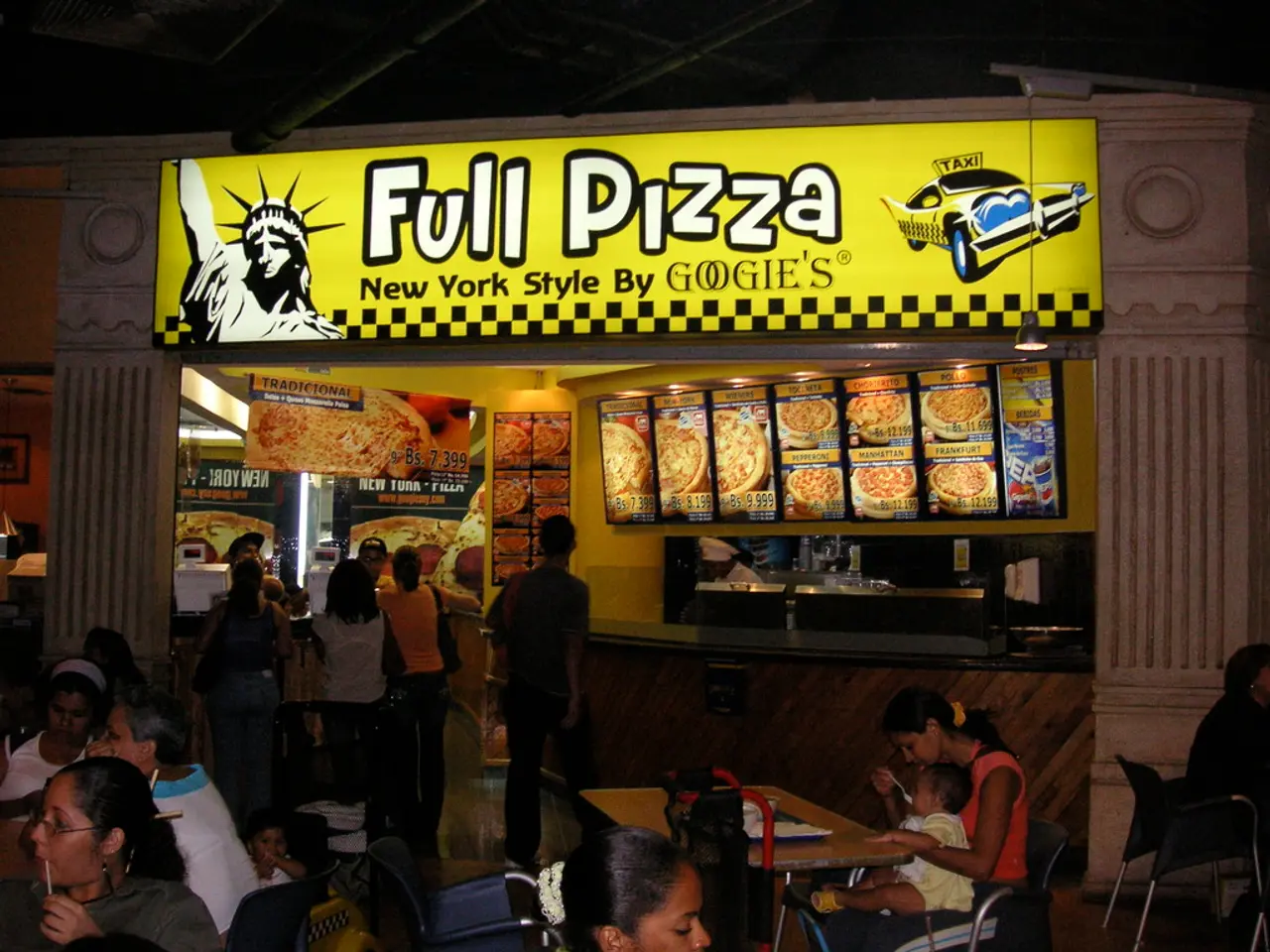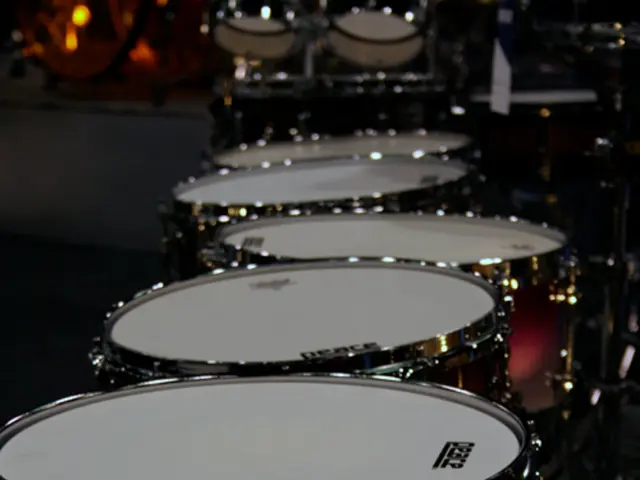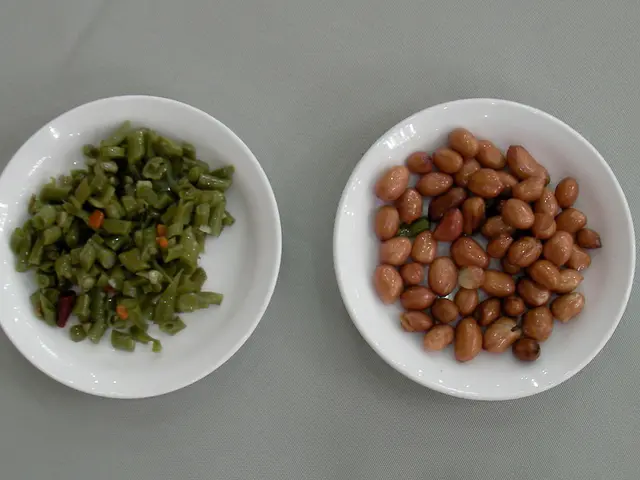Dining innovation: Selection of dishes determined by your physiological responses
Biofeedback dining, a novel approach that combines technology and personalized nutrition, is gaining traction as a revolutionary way to enhance dining experiences. This concept leverages the same method originally used in healthcare to help people control physiological processes, now applied to meals.
A Historical Evolution
Biofeedback, a method that emerged in the mid-20th century, empowers individuals to gain awareness and control over physiological functions such as heart rate and muscle tension. The application of biofeedback in dining is a more recent evolution, driven by advances in wearable sensors and health technology.
Technological Advancements
Key technologies enabling biofeedback dining include wearable sensors that track heart rate variability, skin conductance, muscle tension, or digestion signals in real time during meals. These devices provide immediate feedback to the diner through visual, haptic, or auditory cues.
Machine learning algorithms and AI interpret complex physiological data and correlate it with specific foods, behaviors, or emotional states. Integration with smart utensils, plates, or dining environments can adapt portion sizes or recommend foods based on biofeedback metrics.
Transforming Personalized Nutrition
Biofeedback dining promises to revolutionize personalized nutrition by providing objective, continuous data on how specific foods affect an individual’s physiological and emotional state in real time. This allows for dynamic adjustments to meals or eating behaviors based on feedback, rather than relying solely on subjective reports or generic guidelines.
The potential benefits of biofeedback dining include enhancing motivation and engagement, supporting health and well-being optimization, and ultimately enabling a new paradigm of adaptive nutrition that responds moment-to-moment to the body’s needs.
While current applications are experimental, the convergence of advances in wearable biofeedback tech, AI, and nutritional science could bring biofeedback dining into mainstream personalized nutrition practices in the near future.
The Future of Biofeedback Dining
In healthcare, hospitals could adopt this approach for post-surgery recovery or long-term care, where nourishment needs to shift frequently. The hospitality sector is also exploring ways to use biometric insights to make food more responsive and personalized.
Some high-end wellness resorts in Europe and Asia now partner chefs with health specialists to create personalized meals based on health assessments. Every element, from the meal's temperature to its spice level, can shift in response to biometric signals in biofeedback dining.
The technology used in biofeedback dining monitors signals such as increased stress or tension, and suggests adjustments to promote calm or boost energy. Some utensils vibrate or light up if a diner eats too quickly, nudging them to slow down. Real-time insights from biofeedback dining help diners make connections between their physical state and what they consume.
As the desire for smarter, more responsive nourishment grows, biofeedback dining is moving closer to mainstream interest. Some restaurants may begin offering biofeedback tools as optional upgrades to the dining experience, while subscription meal services are already integrating wearables to help customers tailor their weekly plans based on individual signals like sleep or stress levels.
With its promise of improved health, personalized experiences, and reduced waste, biofeedback dining is poised to transform the way we think about and approach dining in the future.
- Biofeedback dining, combining technology and personalized nutrition, aims to enhance dining experiences by providing real-time feedback on physiological and emotional states.
- Technological advancements in biofeedback dining include wearable sensors that track heart rate, skin conductance, muscle tension, digestion signals, and smart utensils that adapt portion sizes or recommend foods based on biofeedback metrics.
- The future of biofeedback dining extends to healthcare settings, where hospitals could use it for recovery and long-term care, and to high-end wellness resorts that partner chefs with health specialists to create personalized meals based on health assessments.
- Machine learning algorithms and AI interpret complex physiological data in biofeedback dining, correlating it with specific foods, behaviors, or emotional states, and providing immediate feedback to the diner.
- Biofeedback dining could potentially revolutionize personalized nutrition by offering objective, continuous data on how specific foods affect an individual’s physiological and emotional state in real time.
- In the future, restaurants may offer biofeedback tools as optional upgrades to the dining experience, and subscription meal services could integrate wearables to help customers tailor their weekly plans based on individual signals.
- The use of biofeedback dining has the potential to support health and well-being optimization, enhance motivation and engagement, and contribute to a new paradigm of adaptive nutrition that responds moment-to-moment to the body’s needs.






